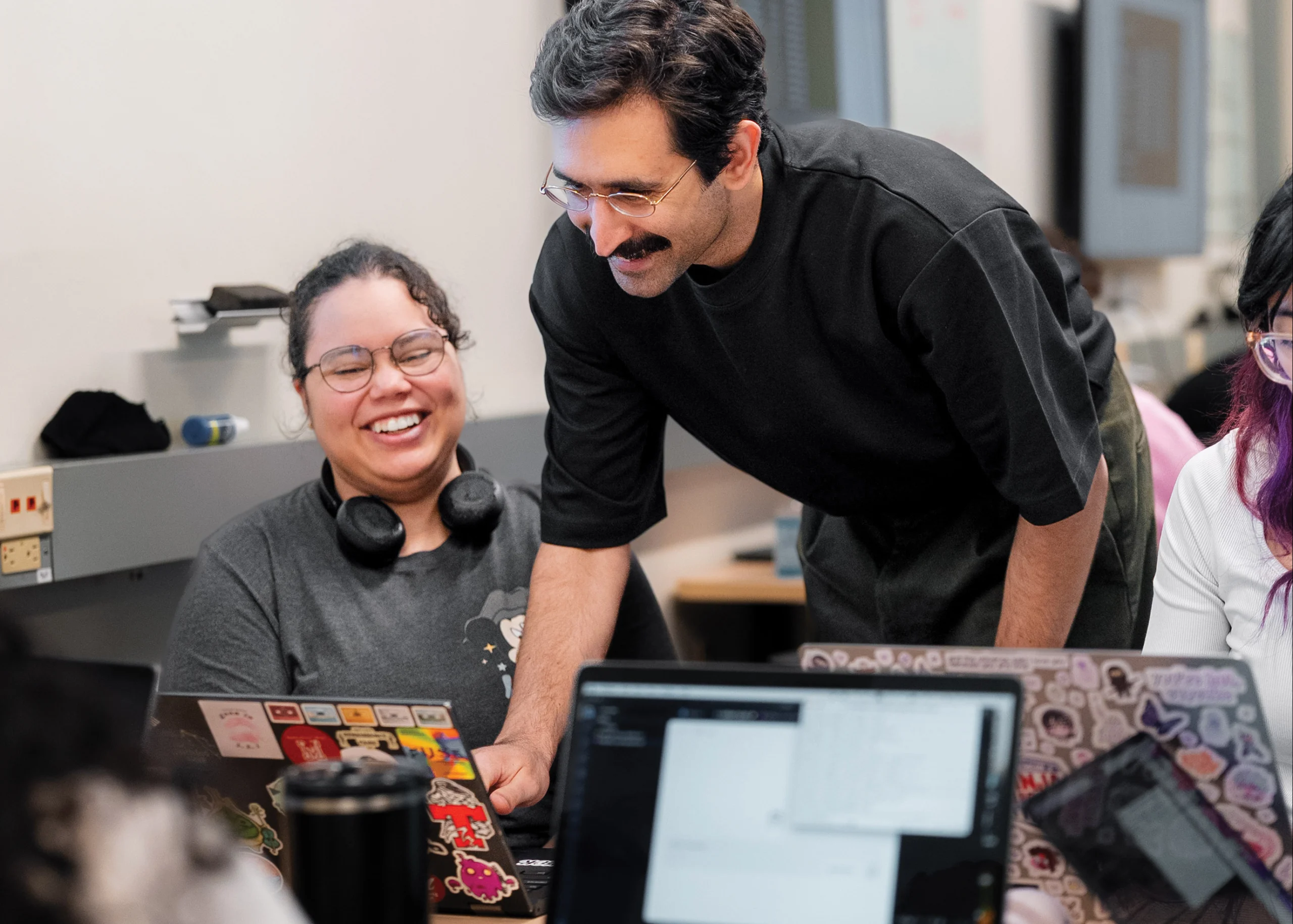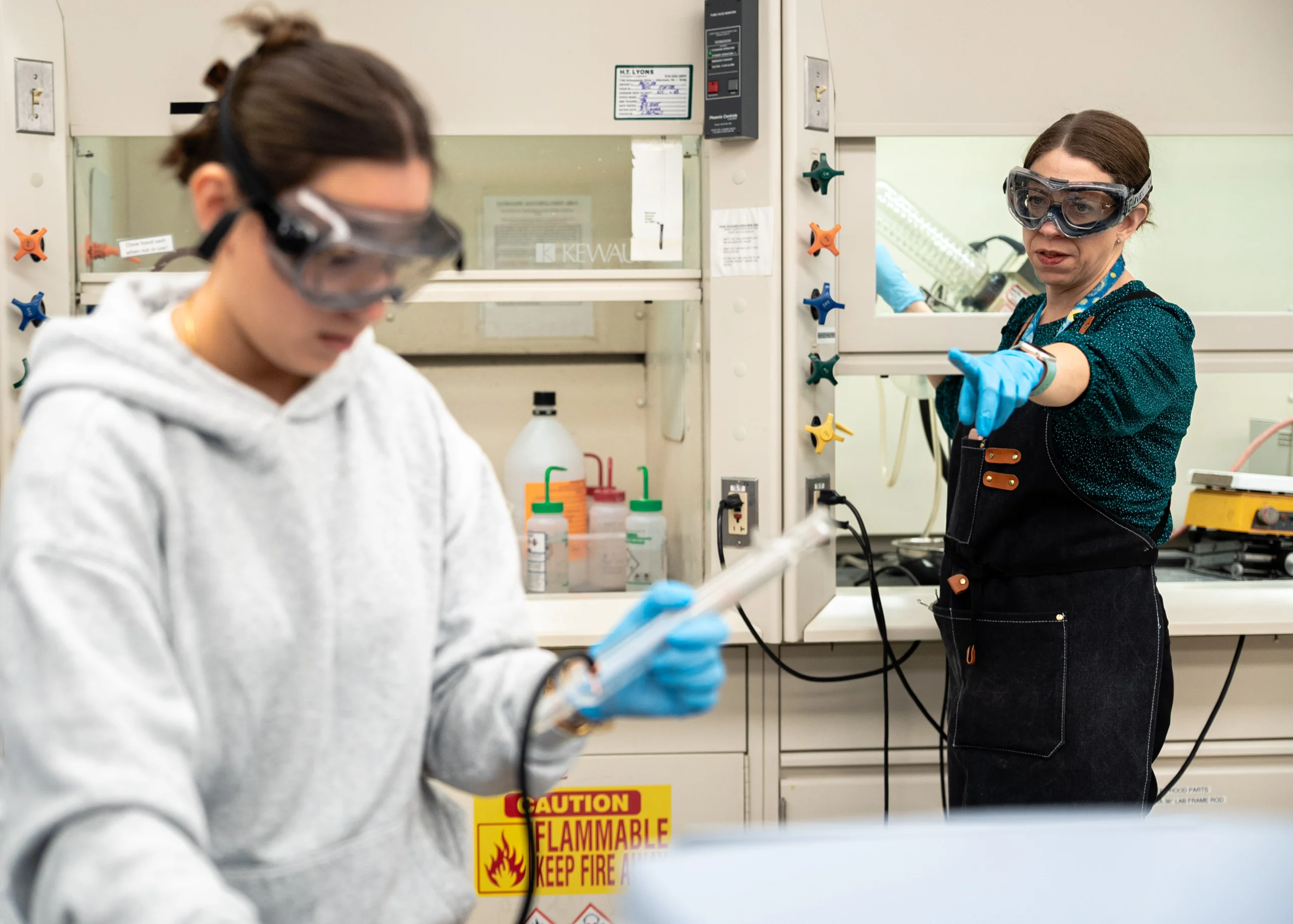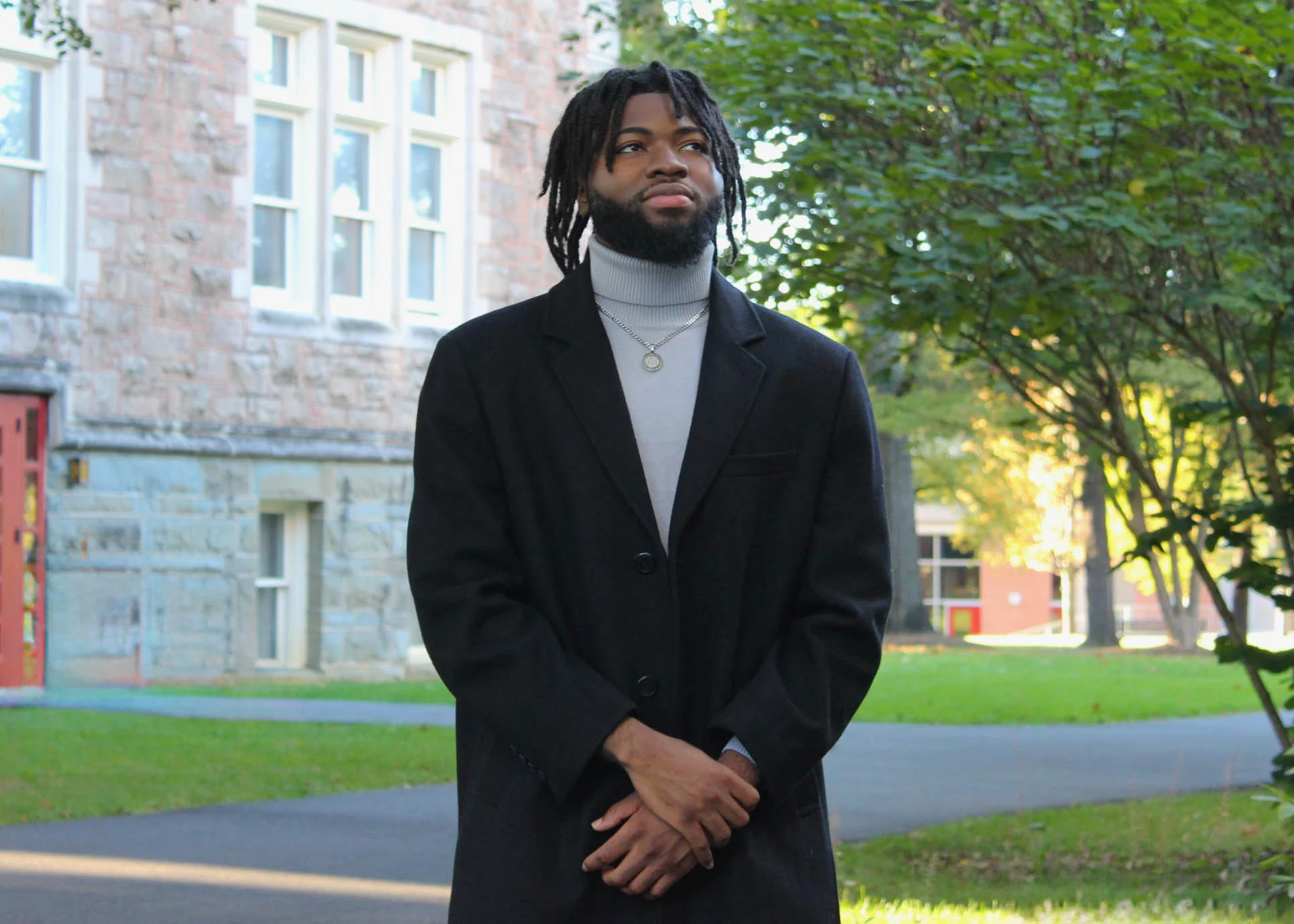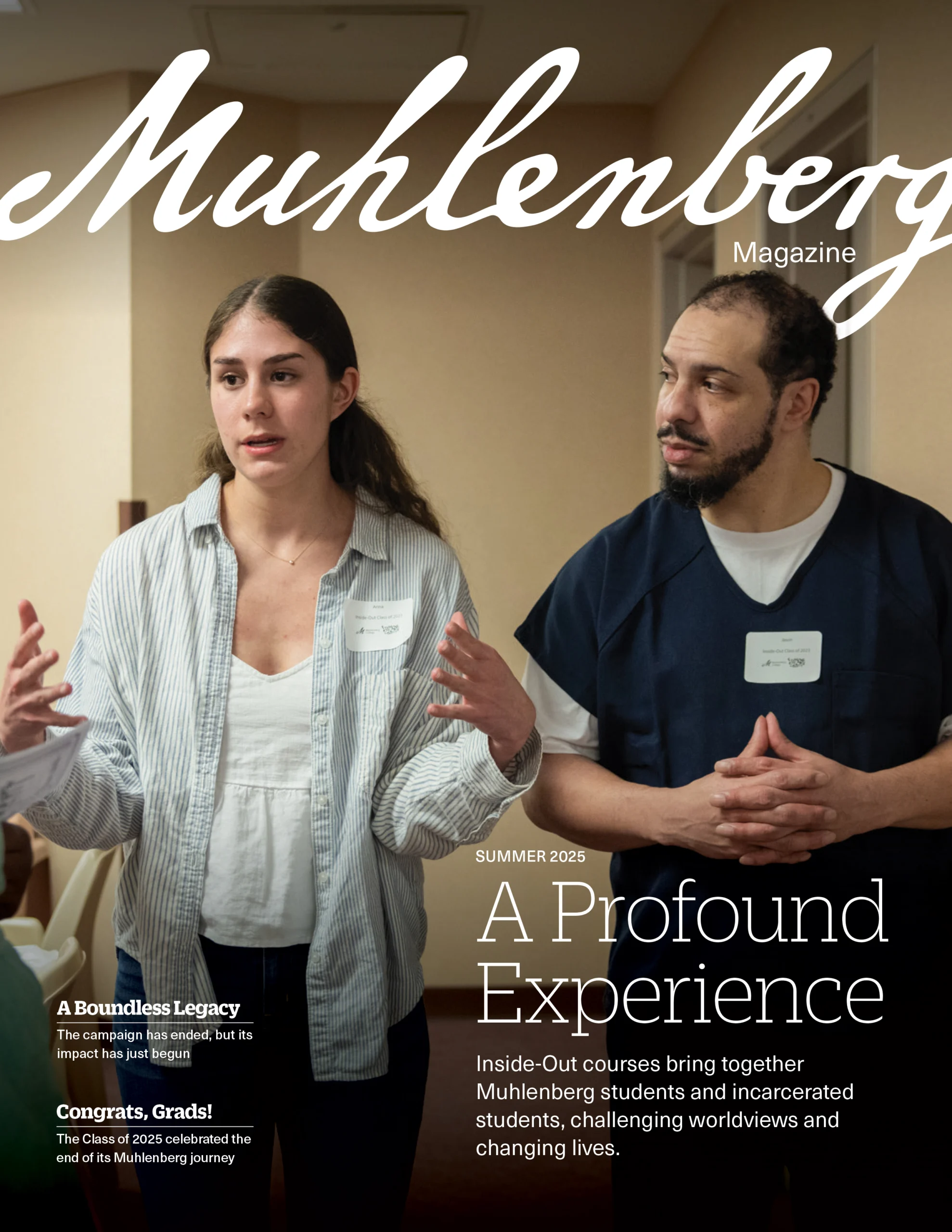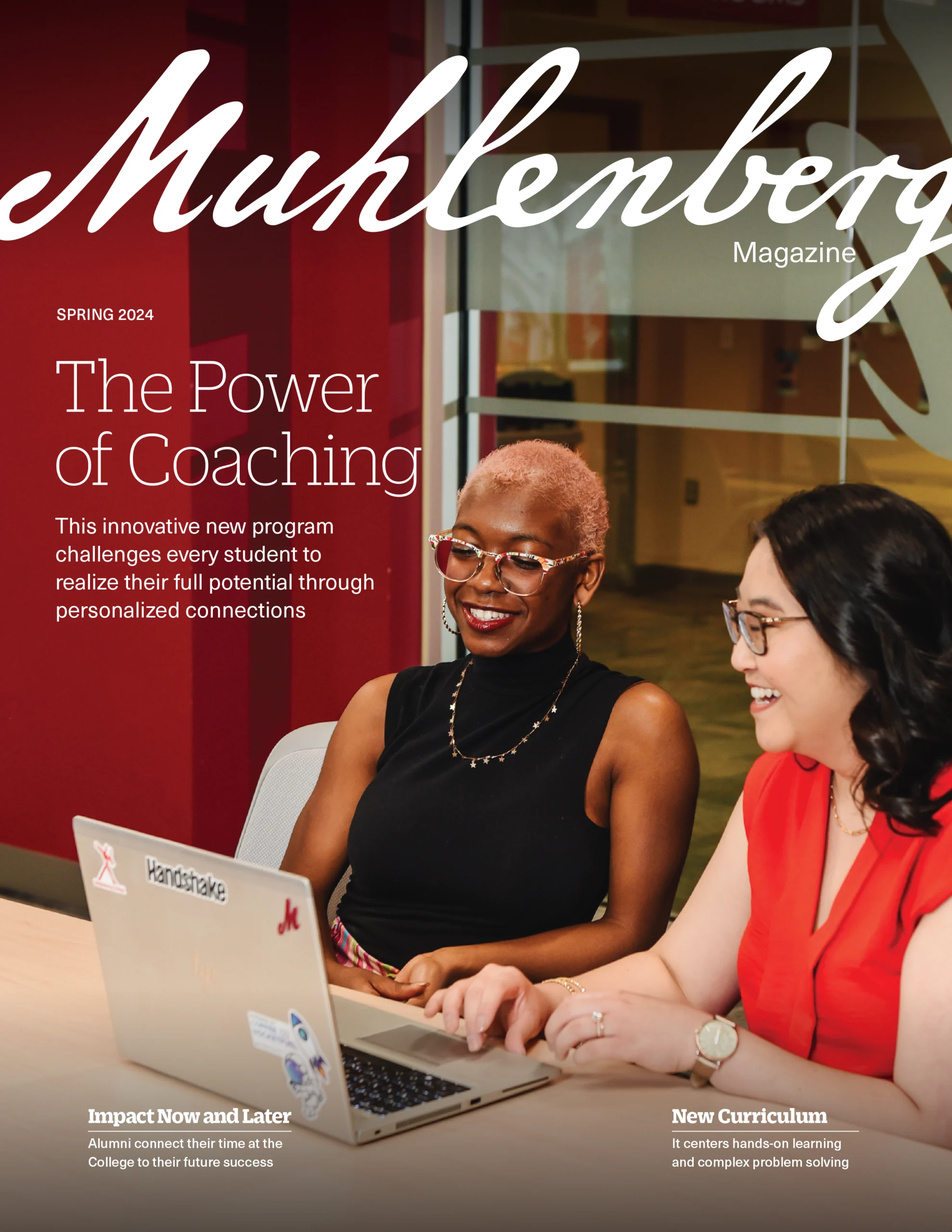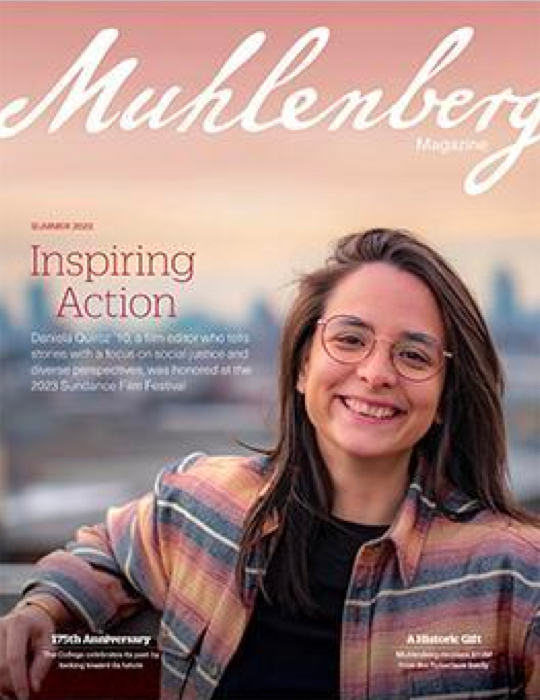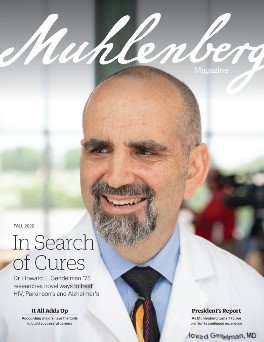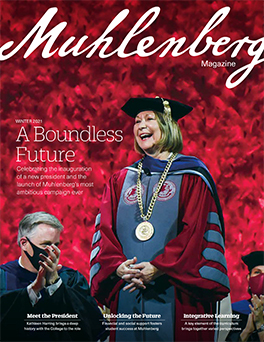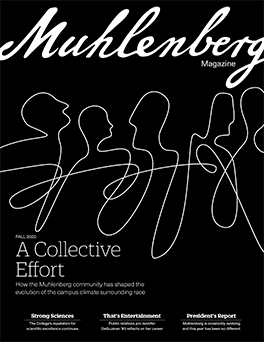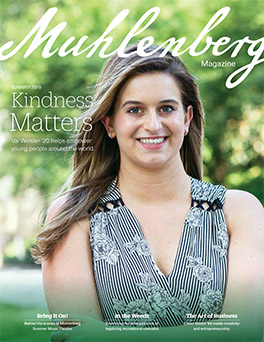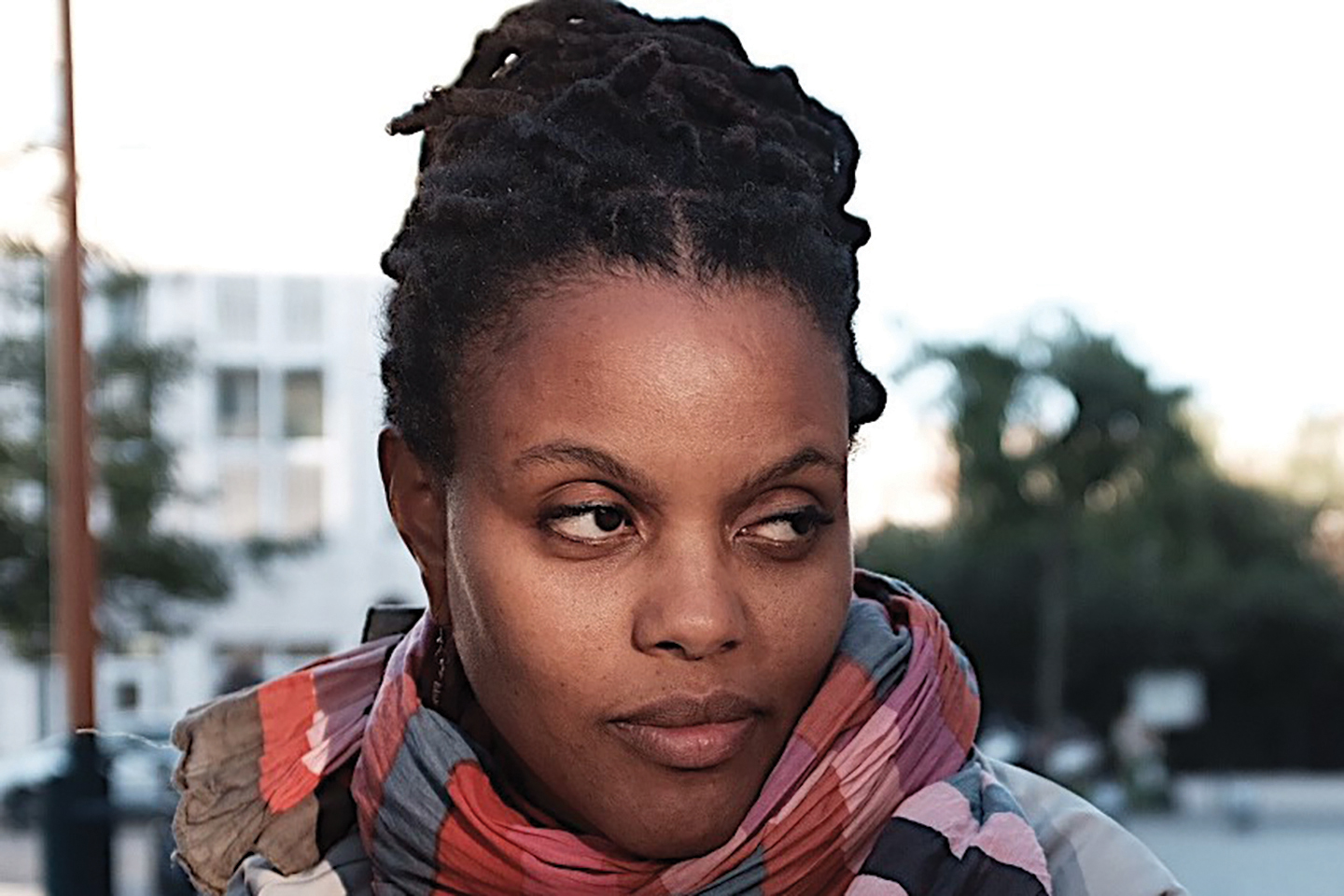
Why I Study Dance, Specifically Ballet
Assistant Professor of Dance Heidi Cruz-Austin shares the story of how she began dancing, her professional experience and how she began teaching in a college setting.
I grew up in Allentown. My dad and his best friend were dancers from Dominican Republic, and they put me in ballet class when I was 3. I didn’t like it at first. When I was 11, I got my first pair of pointe shoes, and ballet started to feel like a path for me. It was still difficult. I didn’t see other people like me in ballet. When I was 12 or 13, my dance teacher had me assistant teach. I never expressed an interest in teaching; she just wanted me dancing more.
In high school, I spent a few summers at the School of American Ballet (SAB), the official school of the New York City Ballet, and The Rock School [for Dance Education] in Philadelphia. I was invited to perform in The Nutcracker with the Pennsylvania Ballet as a junior and senior.
“When I was 11, I got my first pair of pointe shoes, and ballet started to feel like a path for me. It was still difficult. I didn’t see other people like me in ballet.”
After I graduated, I spent a year at SAB while auditioning to get into a ballet company. The Pennsylvania Ballet asked me to come to the summer program so they could look at me again. On the last day, my birthday, they offered me an apprenticeship. I got promoted into the company in 1994. I would occasionally teach on the side, and in 2005, I became a founding member and dancer with BalletX [Philadelphia’s premier contemporary ballet].
The year before I left the Pennsylvania Ballet, in 2007, I had my son. The maternity leave was awful, but I couldn’t afford to stay out. He was 3 months old, and I was already back doing Nutcracker. I continued with BalletX for one year and then I got pregnant with my daughter.
After my daughter was born, someone I knew who used to teach for Muhlenberg reached out saying they were looking for a ballet professor. I started in 2009 as an adjunct. I really liked teaching in a college setting. The students are more engaged, focused and mature, and interdisciplinary work is exciting to me.
“I really liked teaching in a college setting. The students are more engaged, focused and mature, and interdisciplinary work is exciting to me.”
In 2018, I decided to do an MFA program at the University of the Arts. I knew that I wanted to stay in academia long-term, so I was looking for stability. For my thesis, I studied Black feminine stereotypes and archetypes through time and how Black women are finding new ways to feel empowered and have their voices heard. I was able to create a course based on that thesis, Black Feminine: Counterpoise, that I’ve taught four times now.
My research also examines Black women in ballet and the stereotypes that have held us back. Ballet has a lot of hierarchical and historical norms that are frankly traumatizing. I know what it feels like to be in a ballet class and to feel invisible because of the way I look. I find it really important to create a safe space for people to find their way in ballet and to come to the movement as they are.
“Ballet has a lot of hierarchical and historical norms that are frankly traumatizing. I know what it feels like to be in a ballet class and to feel invisible because of the way I look. I find it really important to create a safe space for people to find their way in ballet and to come to the movement as they are.”

